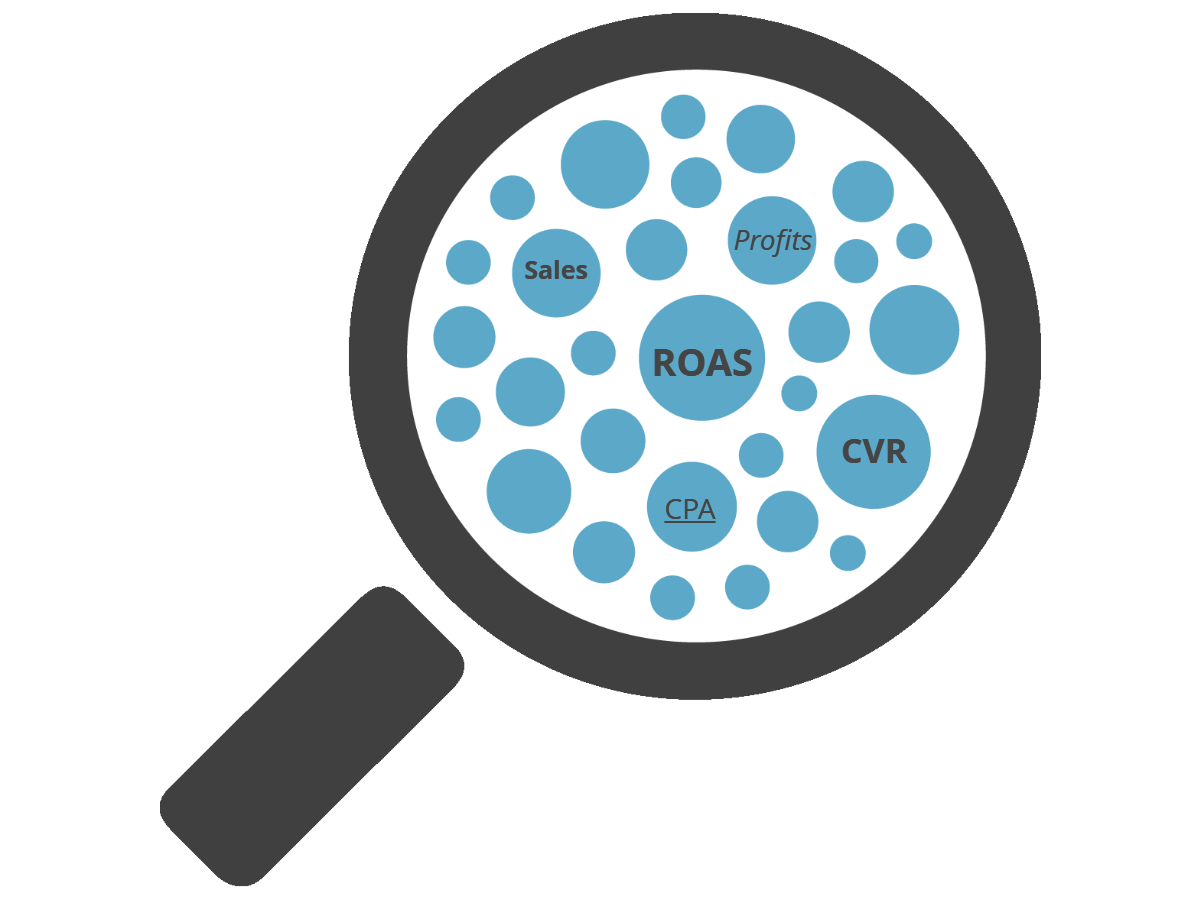What The NFL Draft Can Teach Search Advertisers About Quality Score
The pressure to win and be #1 is crucial in sports. Athletes and coaches spend numerous hours training, reviewing playbooks and perfecting their skills to be better, stronger and faster than their competitors. For instance, during a football combine, athletes’ skills are judged using key performance indicators like speed during a 40 yard dash, vertical power production in the vertical jump test and so much more. At every step, performance is measured and each athlete receives a score.
Similarly in the PPC world, we too are given a score…a Quality Score. This quality score is Google’s way of ensuring your account performs at first draft pick standards. Like an athlete’s performance at the combine affects draft picks and endorsements, Quality Score affects cost and effectiveness of paid search campaigns. It’s like the 40-yard dash time of your keyword, ad and landing page combinations.
Lower Quality Scores get “drafted” lower by the Google system – which means you pay a higher cost per click, which results in higher cost per conversion and less profit. So I understand why people obsess over it.
However, just like there’s more to an athlete than his stats at the combine, there’s more to an account’s performance than quality score. Some advertisers think that Quality Score is a detailed metric that should be the main focus in account management. But it’s not.
Quality score shows you how healthy your ads and keywords are, but it’s not why you spend your money on ads. You’re not paying for a score. You’re paying for other outcomes. Therefore, It shouldn’t be used as a KPI that makes optimization decisions.
It’s more of a diagnostic tool that can show you where you may want to test new campaign elements for better performance. Instead, focus on KPI metrics like ROAS, CPA, CVR, sales, profits, etc. to gauge account performance since those are the things your business is directly affected by.
Campaigns can still perform well even if they have low Quality Scores. But where scores are low, you can zero in where the relevance and quality of ads, keywords, and landing pages is low according to Google’s judgment of user experience and intent.
If an athlete’s performance isn’t at his or her peak, a coach dives deeper and evaluates who the athlete is, his or her lifestyle, training habits, nutrition and more.
As Search advertisers, if our campaigns aren’t performing up to par, we could use quality score to diagnose and fix things.
So if you have low Quality Scores, what do you do?
Here are the 3 problems that could be giving you a low QS and general ways to fix them…
- Poor Expected CTR. Create compelling creatives (e.g., specific CTAs, unique selling points) to convince users that your landing page will be related to their queries. Ensure there is an ad and landing page that are relevant to a user’s intentions. If a user reaches your landing page and it doesn’t align with his or her search intent, the probability of conversion decreases.
- Poor Ad Relevance. Review your Search Terms report to ensure you are matching relevant ads to user queries. Consider having small ad groups with more precise creatives and keywords. Look at the quality score and components within ad groups to identify where you could benefit from a new ad. When launching new keywords, analyze your performance on related keywords. Invest in growing your coverage on relevant searches, especially in areas where your ads have the potential to be high quality.
- Poor Landing Page Experience. Drive traffic to useful and user-friendly landing pages. Follow through on your ads’ offers and calls to action. Lastly, deliver good experiences across various devices. Think about your mobile targeting and mobile landing page experience. What does that experience look like for your audience? Is your call to action button clear? How fast is the mobile load time?
At the end of the day, remember Quality Score should be used as a diagnostic tool. Stop obsessing over it, it’s not the KPI metric bringing in those first round draft pick profits and endorsements. Instead, make your account a well-rounded athlete that focuses on all the components of optimizing your user experience, sales funnel and building relationships with your customers that lead to a career of Super Bowl rings.

